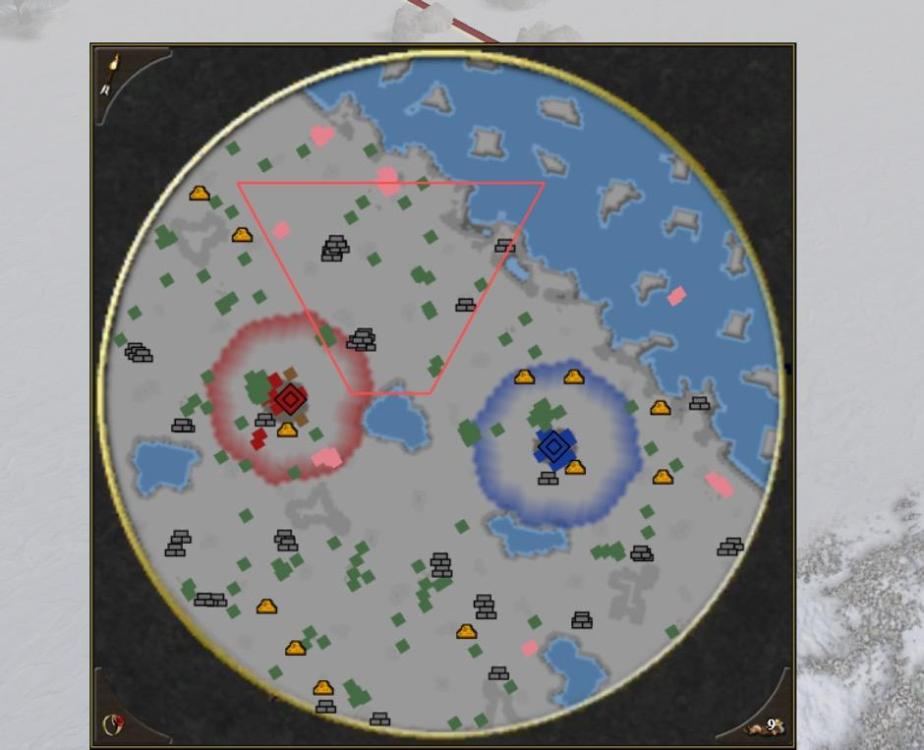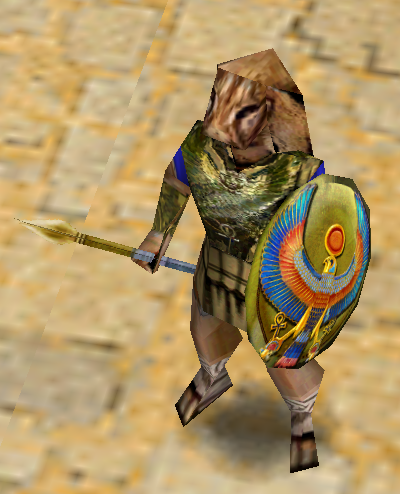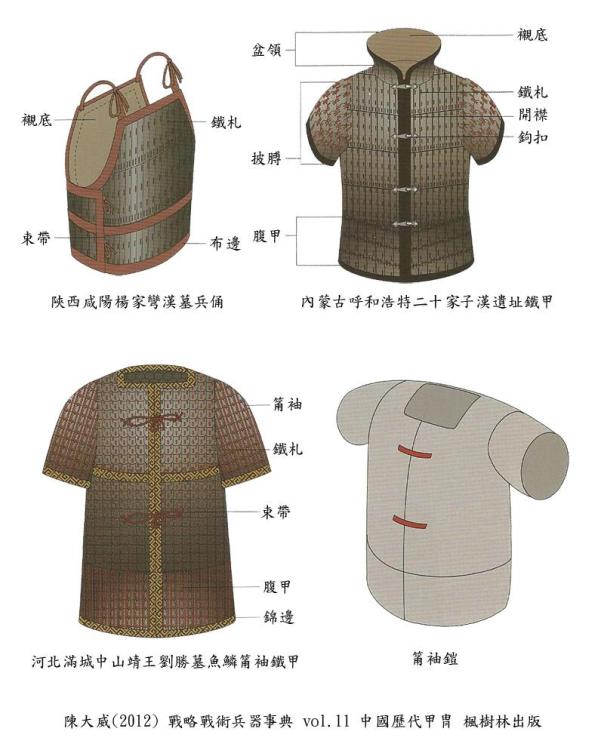-
Posts
25.684 -
Joined
-
Days Won
300
Everything posted by Lion.Kanzen
-
.thumb.png.ce58cea22940c255f5b0a735d5abee36.png)
Cultures under the Han dynasty.
Lion.Kanzen replied to Lion.Kanzen's topic in Tutorials, references and art help
there was a lot of propaganda. Did anyone have any exotic units like elephants or something different? -
0A.D was born with civilizations, then we started to create factions due to the influence of Total War game.
-
all that are not Celts. Lusitanian, Edetani, Turdetani, Vettones. It is the only faction that we have not defined well. We are separating Lusitanias from the rest. https://en.m.wikipedia.org/wiki/Iberians
-
Spain + Portugal.
-
.thumb.png.ce58cea22940c255f5b0a735d5abee36.png)
Cavalry archer turret mechanic
Lion.Kanzen replied to Yekaterina's topic in Game Development & Technical Discussion
Again its needed some patches (programming), there are already open tickets. @Stan` Get to know patches better. We have animation issues with mounted units. -
we need some code (patches) to allow to do that.
-
.thumb.png.ce58cea22940c255f5b0a735d5abee36.png)
=[TASK]= Roman Cataphract Horse Armor (2nd Century)
Lion.Kanzen replied to wowgetoffyourcellphone's topic in Art Development
there would be several Roman factions later. -
.thumb.png.ce58cea22940c255f5b0a735d5abee36.png)
Minimap Icons
Lion.Kanzen replied to wowgetoffyourcellphone's topic in Game Development & Technical Discussion
-
ironic is finding art of yours looking for things to make new things. https://aom.heavengames.com/downloads/showfile.php?fileid=11228 4 years after I made the faction symbol.
-
It seems to me that we do not have this animation, it should be reported as -missing-. But I must say that I don't know if the engine supports a reload animation like that. Or if it's convenient. @Stan`
-
.thumb.png.ce58cea22940c255f5b0a735d5abee36.png)
===[TASK]=== Updated Cursors
Lion.Kanzen replied to wowgetoffyourcellphone's topic in Official tasks
I meant the different actions. The truth was looking for the one from AoE I. -
.thumb.png.ce58cea22940c255f5b0a735d5abee36.png)
===[TASK]=== Updated Cursors
Lion.Kanzen replied to wowgetoffyourcellphone's topic in Official tasks
-
But do we have to correct the weapon, I mean 3D model?
-
It would be useful to see how this weapon is used to shot. Animated, i.e. in motion.
-
Another thing I read, the Qin dynasty Bronze helmets were still used at this time.
-
Yikes.. We got the wrong weapon, apparently.
-
.thumb.png.ce58cea22940c255f5b0a735d5abee36.png)
task [Task] Han Equipement (Armor, weapons, tools)
Lion.Kanzen replied to Lion.Kanzen's topic in Official tasks
No problem. -
.thumb.png.ce58cea22940c255f5b0a735d5abee36.png)
task [Task] Han Equipement (Armor, weapons, tools)
Lion.Kanzen replied to Lion.Kanzen's topic in Official tasks
@AIEND Siege engines and weapons that you feel are missing? -
The armor looks good. Is it very impractical?
-
This one, I have a topic for many asian Factions. We have many fans of Asian cultures.
-
.thumb.png.ce58cea22940c255f5b0a735d5abee36.png)
task [Task] Han Equipement (Armor, weapons, tools)
Lion.Kanzen replied to Lion.Kanzen's topic in Official tasks
by the way we don't have a siege ram for Han. -
A new concept for me. I saw this in some Korean armor and some Kushans (Yuanzhi) armor.
-
you have to examples of these weapons?







